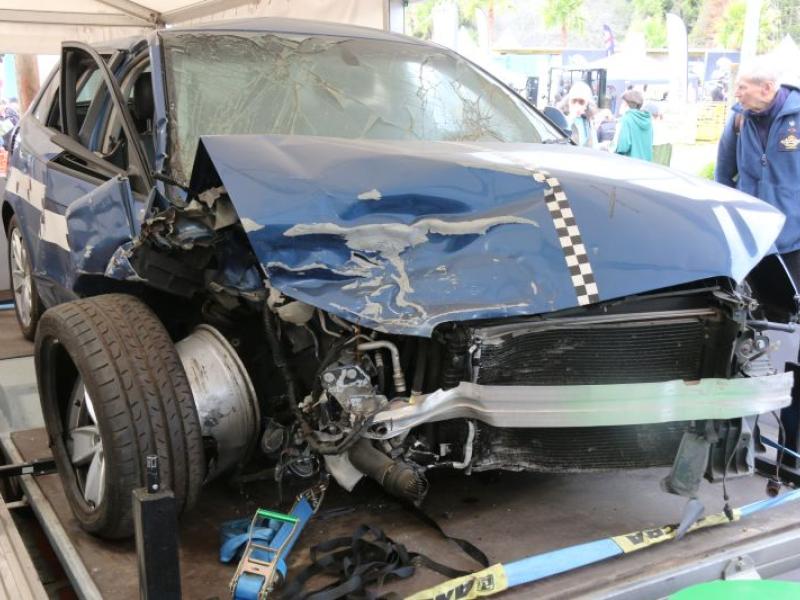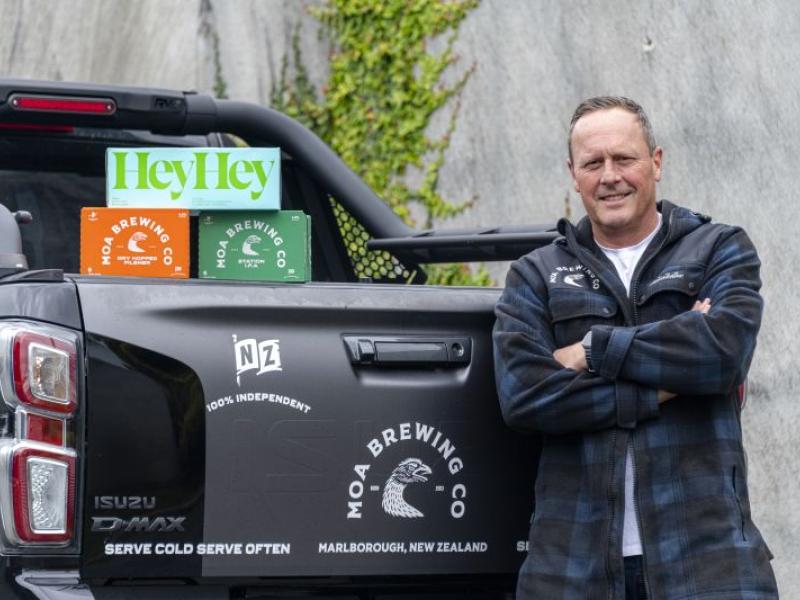In this case study David Jacobs, Fleet Asset Manager in the strategic asset planning department at Wellington City Council, tells us what the council, together with its consultants, did to lower its fleet costs and improve vehicle utilisation, saving a massive $220,000 a year.
Fleet utilisation and optimisation are well-used terms with which many fleet managers are well versed.
But how does a fleet manager know with confidence if they are getting the very best returns on fleet investments and expenses?
Finding answers in the past has not been easy. Traditionally, vehicle usage information was sourced from fuel usage data. However, due to the information being granular it made decision making conservative with risk aversion often taking precedence. Benchmarking utilisation based off fuel data was also very coarse.
This has all changed with the advent of fleet tracking technology. Here is our story from Wellington City Council, where fleet utilisation and optimisation has been taken to new levels.
The starting point for the council on its fleet utilisation and optimisation programme had its origins in a fleet review some years ago.
We knew we had fleet inefficiencies, but we had no in-depth means of quantifying and detailing these inefficiencies. At that time, the best available utilisation measures available to the council were obtained from fuel data. But, as fleet managers know, the fuel-sourced utilisation measures have inherent limitations. Nevertheless, the council had used such information in the past, and was able to reassign a few grossly underutilised vehicles to other areas of its operations.
The above-mentioned limitations, coupled with other business needs, prompted the council to invest in fleet tracking technology that brought high quality and informative utilisation and optimisation tools to the fore.
The first-generation reporting tool was a game changer (refer to Diagram 1). This was the telling graphical representation of when a vehicle was used within a 24-hour day and, very importanty, within business hours, measurable over a period of time.
The need for more informative analytics led to a fleet utilisation and optimisation tool being designed by the city council itself. A talented team within SmarTrak, the council’s fleet tracking service provider, enabled the development of the reporting tool.
Access to detailed and informative fleet utilisation and optimisation analytics has allowed the council to intelligently rationalise its light fleet size. This has allowed the council’s business units to be supplied with detailed informative reports that enhance and empower their decision-making in place of the historic metrics that depended on broad generalisations and a raft of assumptions.
In all, along with other initiatives, the council since July 2009 and with the advent of fleet tracking technology in August 2010 has reduced it light fleet size by 17percent (some 22 cars), saving some $220,000 per year, with no disruption to business. This does not account for other surplus and under-utilised vehicles that had been redeployed elsewhere within the council’s fleet, offsetting the purchase of additional vehicles.
However, the journey has not stopped at this juncture. Together with SmarTrak the council has recently developed a second-generation reporting utilisation and optimisation tool which came online in September 2014 (See Diagram 2).
By incorporating fleet tracking geo-fencing features into the analytics, there are now additional metrics that can identify under-utilised vehicles as shown in Diagram 1. The second-generation reporting tool will allow further opportunities to be exploited, such as improving the wider shared use of the council’s fleet to further rationalise its size by possibly exiting up to five more vehicles.
Fleet utilisation and optimisation is not rocket science, but it does need thought, structure and good information accessible through fleet tracking technology. As better fleet utilisation information becomes available, the ability grows for the council to “right-size” its assets in confidence, without disrupting business.






